Best Classical Contemporary Composition
Mr. Tambourine Man: Seven Poems Of Bob Dylan
John Corigliano (JoAnn Falletta)
Track from: Corigliano: Mr. Tambourine Man: Seven Poems Of Bob Dylan
[Naxos]
Best Classical Album
Weill: Rise And Fall Of The City Of Mahagonny
James Conlon, conductor; Anthony Dean Griffey, Patti LuPone & Audra McDonald; Fred Vogler, producer (Donnie Ray Albert, John Easterlin, Steven Humes, Mel Ulrich & Robert Wörle; Los Angeles Opera Chorus; Los Angeles Opera Orchestra)
[EuroArts]
Best Orchestral Performance
Shostakovich: Symphony No. 4
Bernard Haitink, conductor (Chicago Symphony Orchestra)
[CSO Resound]
Best Opera Recording
Weill: Rise And Fall Of The City Of Mahagonny
James Conlon, conductor; Anthony Dean Griffey, Patti LuPone & Audra McDonald; Fred Vogler, producer (Donnie Ray Albert, John Easterlin, Steven Humes, Mel Ulrich & Robert Wörle; Los Angeles Opera Orchestra; Los Angeles Opera Chorus)
[EuroArts]
Best Choral Performance
Symphony Of Psalms
Sir Simon Rattle, conductor; Simon Halsey, chorus master (Berliner Philharmoniker; Rundfunkchor Berlin)
Track from: Stravinsky: Symphonies
[EMI Classics]
Best Instrumental Soloist(s) Performance (with Orchestra)
Schoenberg/Sibelius: Violin Concertos
Esa-Pekka Salonen, conductor; Hilary Hahn (Swedish Radio Symphony Orchestra)
[Deutsche Grammophon]
Best Instrumental Soloist Performance (without Orchestra)
Piano Music Of Salonen, Stucky, And Lutoslawski
Gloria Cheng
[Telarc]
Best Chamber Music Performance
Carter, Elliott: String Quartets Nos. 1 And 5
Pacifica Quartet
[Naxos]


 If you’ve been following the stimulus bill, you probably know two things: It includes $50 million for the NEA, and on Tuesday the Senate Democrats announced that they don’t have the votes to pass it and they’re looking a ways to cut it down. John Gizzi at the conservative publication Human Events
If you’ve been following the stimulus bill, you probably know two things: It includes $50 million for the NEA, and on Tuesday the Senate Democrats announced that they don’t have the votes to pass it and they’re looking a ways to cut it down. John Gizzi at the conservative publication Human Events  Vicki Ray
Vicki Ray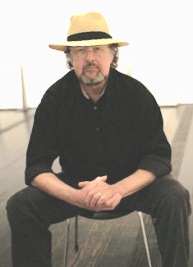 The recent deaths of both George Perle and Lukas Foss are part of the sad but expected passing, of composers who came of age in the 1940s and 50s. But a slight shock went through me with Douglas Britt’s
The recent deaths of both George Perle and Lukas Foss are part of the sad but expected passing, of composers who came of age in the 1940s and 50s. But a slight shock went through me with Douglas Britt’s 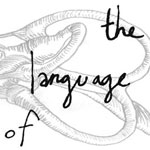
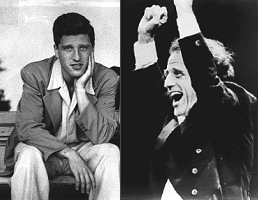 Lukas Foss
Lukas Foss 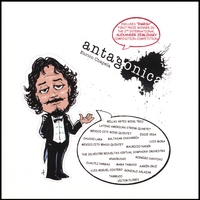
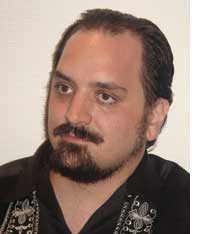 This is an exciting time for Chapela. He’s playing the guitar part in the premiere. Simultaneously, he’s working hard to finish a commission for the LA Philharmonic. “At first, I thought it would be too much to be the solo guitarist at the Brooklyn Philharmonic performances while trying to finish the piece for LA. But then I realized, who could ask for a better gig than this? Between practicing and writing, I told my wife to not expect to see me much for a couple of months!”
This is an exciting time for Chapela. He’s playing the guitar part in the premiere. Simultaneously, he’s working hard to finish a commission for the LA Philharmonic. “At first, I thought it would be too much to be the solo guitarist at the Brooklyn Philharmonic performances while trying to finish the piece for LA. But then I realized, who could ask for a better gig than this? Between practicing and writing, I told my wife to not expect to see me much for a couple of months!”